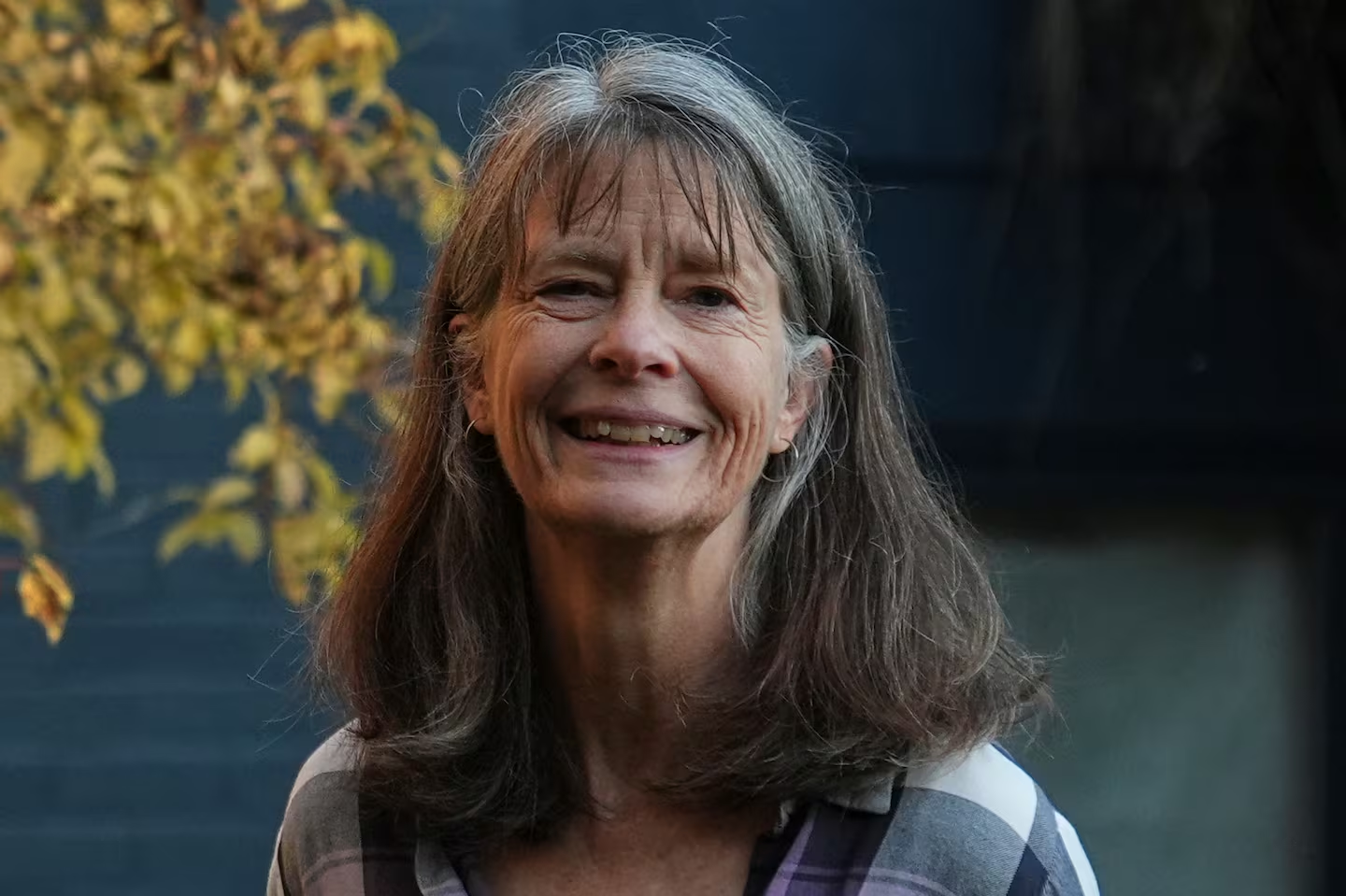PORTLAND, Ore. — A Portland native has joined the ranks of Nobel laureates. Mary E. Brunkow, a molecular biologist and 1979 graduate of St. Mary’s Academy, was awarded the 2025 Nobel Prize in Physiology or Medicine for her pioneering work on how the immune system distinguishes between attacking harmful invaders and protecting the body’s own cells.
Brunkow shares the prestigious honor with Fred Ramsdell of California and Dr. Shimon Sakaguchi of Japan. The three scientists were recognized for uncovering the crucial role of regulatory T cells — a discovery that has reshaped modern immunology and opened new doors to treating autoimmune diseases such as Type 1 diabetes, rheumatoid arthritis, and lupus.
“We are so proud to celebrate this incredible achievement by one of our own,” St. Mary’s Academy said in a statement. “Mary’s success reflects the power of curiosity, perseverance, and lifelong learning that begins right here.”
Also Read
A Discovery That Transformed Immunology
The Nobel Committee praised the trio for identifying peripheral immune tolerance, the body’s backup system that prevents immune cells from turning against their own tissues. Before their work, scientists believed that immune control existed primarily in the thymus, where T cells are trained to attack foreign invaders and destroy faulty cells.
However, Sakaguchi’s research in the 1990s challenged that assumption. Working with mice, he discovered a new class of immune cells — now known as regulatory T cells, or T-regs — that could suppress overactive immune responses even outside the thymus.
A few years later, while studying mice with autoimmune conditions, Brunkow and Ramsdell identified a mutation in a gene called Foxp3. Their painstaking genetic mapping revealed that this single gene was essential for T-reg development and immune balance. The mutation, they found, caused immune cells to lose their ability to distinguish between friend and foe — triggering the body to attack itself.
“It was a really small alteration at the DNA level that caused a massive change in how the immune system works,” Brunkow explained in an interview with the Associated Press.
Sakaguchi later demonstrated that Foxp3 directly controls the creation and function of T-regs, completing a picture of how the body regulates its own immune defense.
Why the Research Matters
Experts say the discovery was revolutionary. It explained why some people develop autoimmune diseases and others don’t, and it provided a foundation for new treatments that boost or suppress T-reg activity depending on the illness.
“This work has fundamentally reshaped our understanding of immune balance,” said the American Association of Immunologists. “It opened an entirely new field of study in how the body prevents autoimmune reactions.”
Dr. Jonathan Schneck of Johns Hopkins University called the research “a cornerstone of modern immunology.” He said the next challenge is to find ways to expand regulatory T cells in patients with autoimmune conditions, reducing the need for drugs that weaken the immune system and make people prone to infections.
Though clinical applications are still developing, scientists agree that the trio’s findings form the biological blueprint for next-generation therapies, including those that could help organ transplant recipients or strengthen immune responses against cancer.
The Scientists Behind the Breakthrough
At 64 years old, Brunkow now serves as a senior program manager at the Institute for Systems Biology in Seattle. Ramsdell, also 64, is a scientific adviser for Sonoma Biotherapeutics in San Francisco, while Sakaguchi, 74, remains a professor at Osaka University’s Immunology Frontier Research Center.
In announcing the prize, Olle Kämpe, chair of the Nobel Committee, praised their combined contributions: “Their discoveries have been decisive for our understanding of how the immune system functions and why we do not all develop autoimmune disease.”
The Moment of Realization
When the Nobel Committee tried to reach Brunkow with the news early Monday morning, she didn’t answer — assuming the call from Sweden was spam. “My phone rang, and I saw the number and thought, ‘That’s just junk,’” she said.
It wasn’t until an AP photographer arrived at her Seattle home that she learned she was now a Nobel laureate. “When I told Mary she won, she said, ‘Don’t be ridiculous,’” her husband, Ross Colquhoun, recalled with a laugh.
Sakaguchi, reached by phone in Japan, described the announcement as “a happy surprise.” During a press conference later that day — interrupted by a congratulatory call from the Japanese prime minister — he reflected on the work’s broader purpose. “There are many illnesses that still need better treatments,” he said. “I hope our discoveries continue to lead to new ways to prevent disease.”
Ramsdell, reportedly on a backpacking trip, could not be immediately reached. His employer noted that he’s “one of the most humble people you’ll ever meet.”
The Legacy of a Portland Pioneer
For St. Mary’s Academy and Portland’s scientific community, Brunkow’s recognition is a point of pride — a reminder that groundbreaking discoveries can begin in a classroom far from the global spotlight.
The Nobel Prize in Medicine, formally known as the Nobel Prize in Physiology or Medicine, is the first of the 2025 Nobel announcements. The physics, chemistry, and literature prizes will follow later in the week, with the Nobel Peace Prize announced Friday.
Brunkow, Ramsdell, and Sakaguchi will officially receive their awards on December 10, the anniversary of Alfred Nobel’s death. The trio will share a prize of 11 million Swedish kronor, or roughly $1.2 million.
As Brunkow celebrated the news in Seattle, she reflected humbly on the journey that began in Portland. “Science,” she said, “is about curiosity and persistence. You follow the data, and sometimes, if you’re very lucky, you find something that changes how we understand life itself.”












